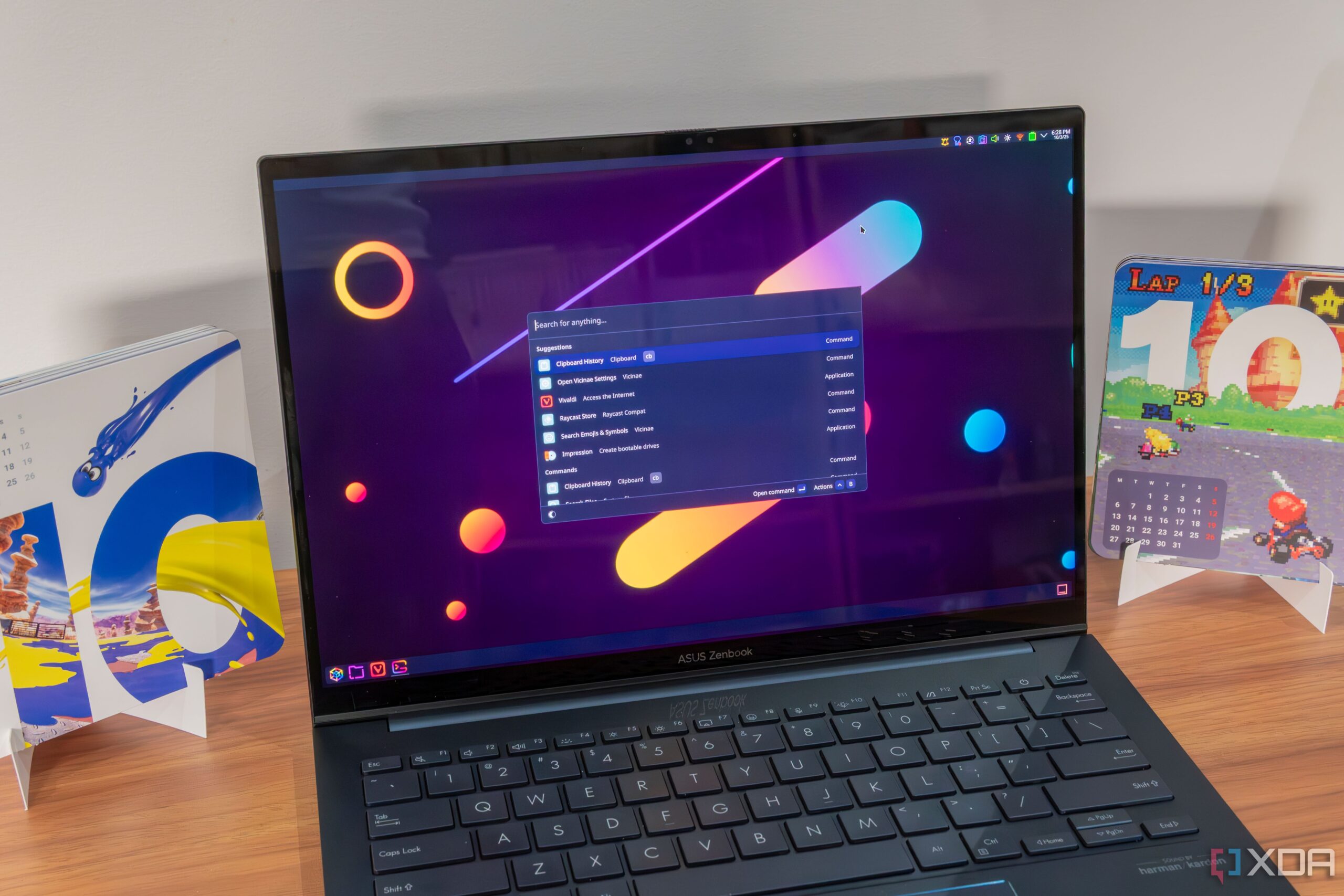UPDATE: A groundbreaking new app named Vicinae has just launched, aiming to replicate the popular Raycast experience for Linux users. This exciting development is set to transform how Linux users access apps and features, mirroring the functionality that has captivated macOS and Windows users.
Vicinae is drawing significant attention as it closely mimics the user interface and features of Raycast, offering a streamlined launcher for Linux users. With its recent introduction, many are eager to see how it performs compared to its well-established counterparts.
This app allows users to launch applications, access settings, and utilize numerous plug-ins—all with the speed and efficiency that Raycast is known for. The quick launch feature is a game changer, although users must manually set up keyboard shortcuts due to Linux’s varied desktop environments. Despite this minor hurdle, the response so far has been overwhelmingly positive.
The Vicinae launcher closely resembles Raycast, boasting similar features such as a clipboard history and an emoji picker. Users on Arch Linux report that these features operate smoothly, while the app also supports a variety of extensions, including YouTube search and a video downloader. However, the latter appears to face functionality issues, highlighting the app’s current developmental phase.
The developer behind Vicinae has made it clear that they aim to support Raycast’s extensive extension ecosystem. While not all extensions are currently functional, many popular options from the Raycast Store are available, including tools for Slack, VS Code, and GitHub. This opens up exciting possibilities for Linux users who rely heavily on these applications.
Vicinae stands out by offering customizable themes without the premium costs associated with Raycast’s Pro version. Users can choose from several aesthetic options, enhancing the overall experience on their Linux desktops.
However, it’s essential to note that installation can be complex, varying significantly across different Linux distributions. For example, users on Ubuntu have encountered more intricate setup processes compared to those on Arch Linux. An AppImage version is available to simplify installation, but it comes with limitations, such as clipboard monitoring challenges.
Notably, performance may differ based on the desktop environment—while KDE Plasma users report slightly longer launch times, GNOME users benefit from faster response rates. Yet, users of the COSMIC environment report unique challenges, such as window rendering issues, underscoring the ongoing need for optimization.
In a statement regarding the app’s capabilities, the developer expressed confidence in Vicinae’s potential, stating, “We aim to ensure that Linux users can enjoy the same powerful features that Raycast users do—it’s just a matter of time.”
As Vicinae develops further, users are encouraged to provide feedback to enhance its functionality and expand its compatibility with diverse Linux distributions. The anticipation surrounding this app is palpable, with many hoping it could eventually receive official recognition from Raycast itself, potentially prompting even more developers to create Linux-compatible extensions.
In conclusion, Vicinae’s arrival marks a significant step forward for Linux users seeking a robust application launcher. Despite some initial limitations, this app is already making waves and could redefine productivity on the platform. Stay tuned for updates as this story develops and as users continue to explore the app’s capabilities.
